By Joshua Farnsworth
Does it work to flatten a waterstone on a cheap cinder block? Or do you need a more expensive lapping plate? In the above video I conduct a non-scientific experiment to see if the cinder block method actually works.
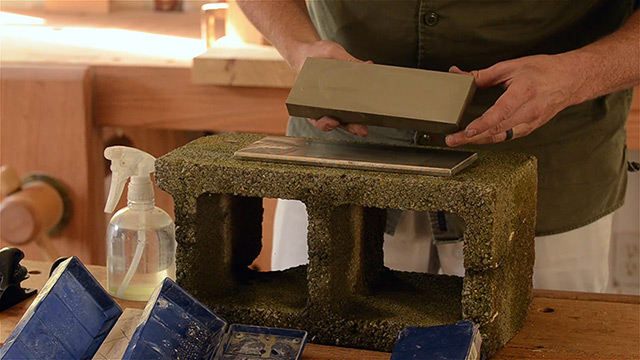
Here are links to the tools that I used in the video (minus the cinder block…because I found it in the forest):
- My waterstones
- My diamond lapping plate at Highland Woodworking
- My diamond lapping plate at Amazon
- Alternative (less expensive) lapping plates…not sure how well they work
- Feeler Gauge
- Metal straight edge: this one or this one
- Sharpening stone holder
- Free Moravian Workbench plans
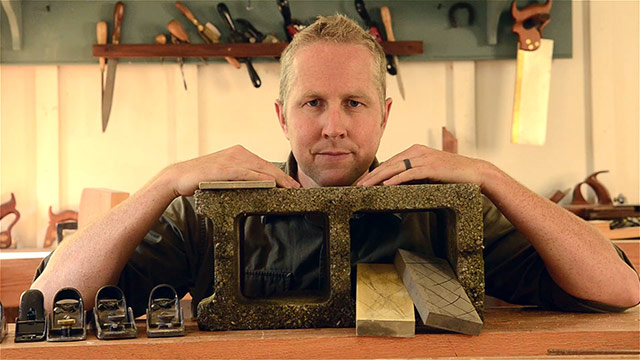
So what got me thinking of trying to flatten my nice waterstones on a cheap cinder block instead of a diamond lapping plate? Several years ago my friend told me that he used to flatten his waterstones using this method, and that the cinder block was engineered to be totally flat. Plus, I’m always looking for ways to save money for hard working folks. After all, my diamond lapping plate cost $200. Although it works great and fast, I wanted to find a cheap alternative, if I could.
Why do you need to flatten honing stones?
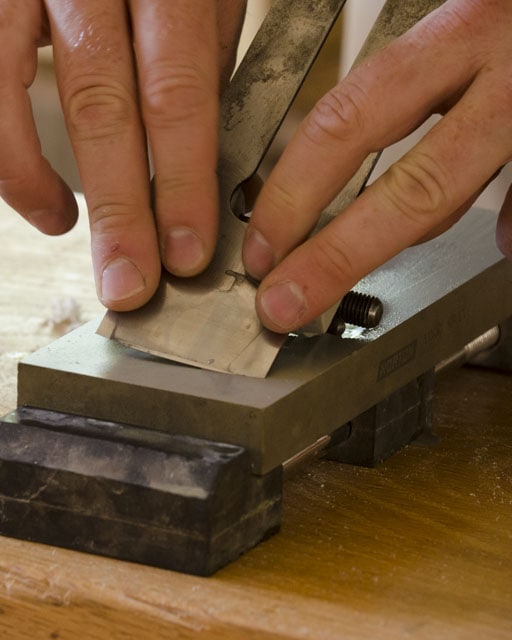
When using waterstones or oil stones to sharpen handplanes or wood chisels, the stone grit gets worn down (waterstones much faster than oil stones) and won’t give you a reliable hone for your tool’s edge. You don’t want a wavy chisel.
I love using waterstones the most, because of how fast they hone my tools. But when using waterstones, you need to lap the stone flat after every honing session (sometimes more, depending on how many tools you’re sharpening). And you need a dead flat surface. One that’s harder than your sharpening stones, to flatten your honing stones.
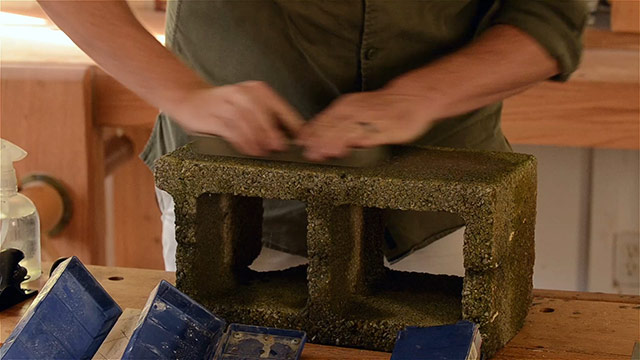
My Experiment in Lapping Waterstones with a Diamond Stone vs a Cinder Block
In my experiment I used a waterstone to hone handplane irons, and then drew pencil marks on both sides of the waterstone. I then lapped one side of the water stone on my diamond lapping plate, and the other side on a cinder block. While the cinder block is broken & weather worn in some places, it isn’t worn down on the face of the block, so I figured it would be alright to use it for this experiment. I also used a feeler gauge and an engineered flat straight edge to see how truly flat each method got the water stones. Dang it! I truly wanted the cinder block lapping method to work!
If you don’t have time to watch the video, and want to read the spoiler, then just scroll down. If you want to be surprised, then watch the above video first.
My Experiment Results
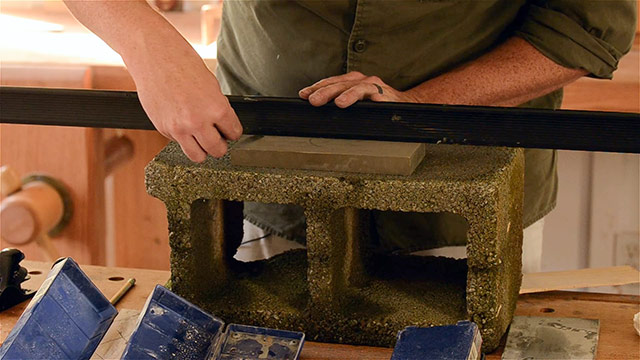
So what did I find? The course diamond lapping plate (as usual) flattened the waterstone very quickly, and didn’t allow the feeler gauge to fit in any gaps under the straight edge. On the other hand, the cinder block took a very long time to wear down the pencil marks, and I was able to get the feeler gauge under the straight edge in several spots. So in my opinion, the cinder block method for flattening honing stones isn’t a good method, as it doesn’t truly flatten the waterstones.
But do you need to buy the $200 lapping plate that I use? Or will a less-expensive lapping plate (like these) work just as well? That’s another experiment for another day! If you’ve had experience with less expensive lapping plates, then please weigh in by leaving a comment below:

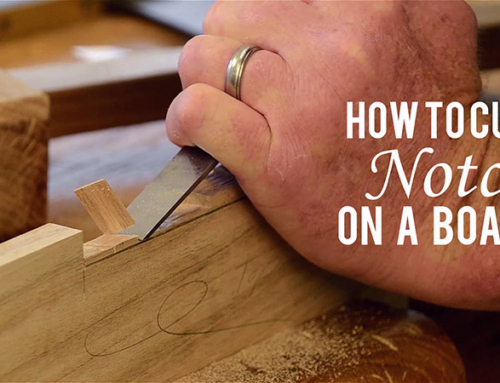
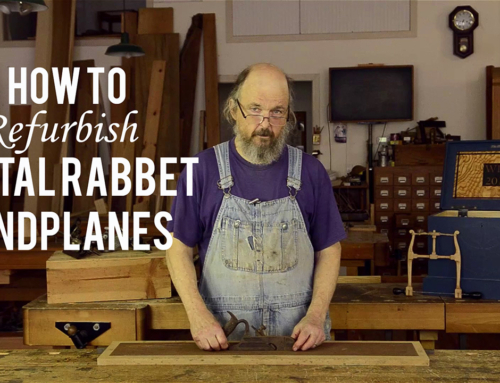
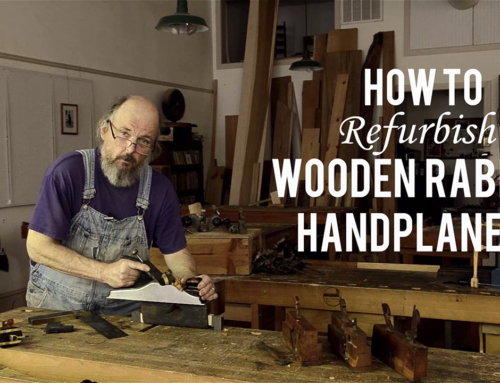
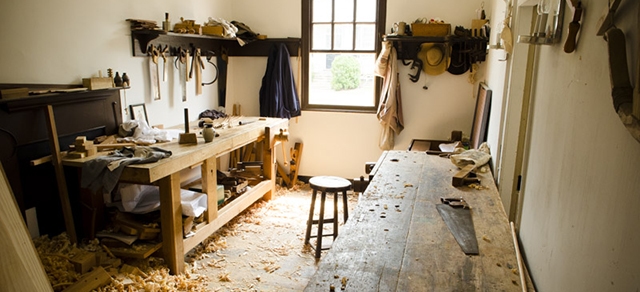
I use a stationary belt sander to flatten my water stones, of course I keep it moving as I flatten
This brings up the question as to how flat is flat enough. I use water stones and many years ago I bought one of those 4 sided cheap diamond hones from Harbor Freight. My original intention was to use it for rough initial grinding. I started using it to flatten my water stones and it has worked fine. Have I ever put a straight edge on it? No. Have I ever checked my stones with feeler gages? No. Do I… Read more »